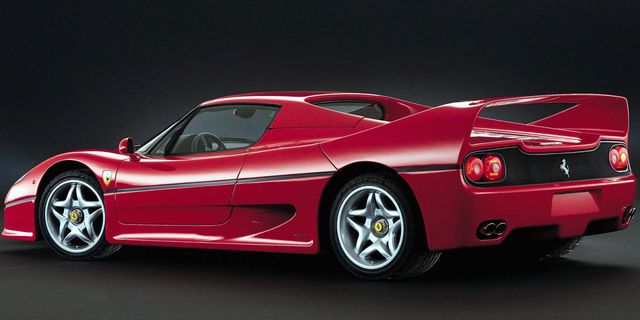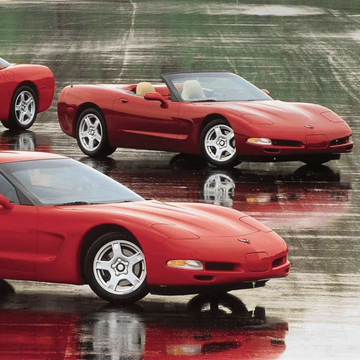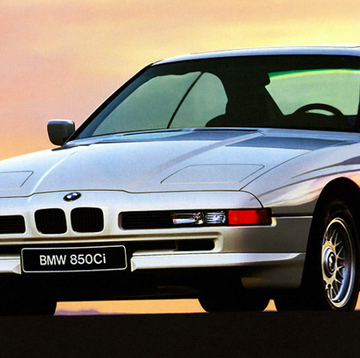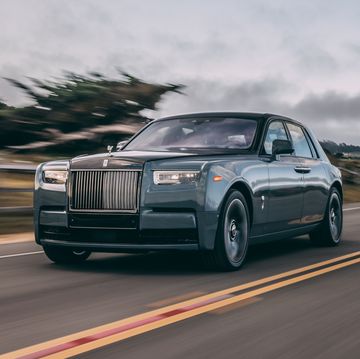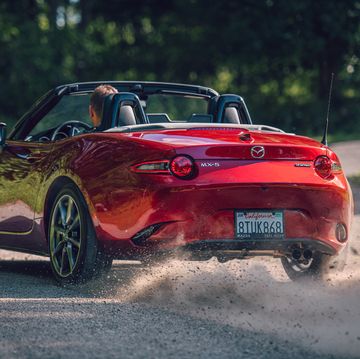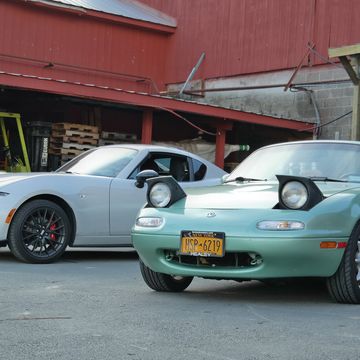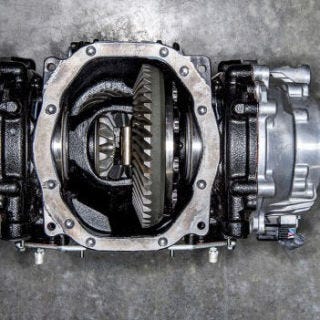Ferrari doesn't like people buying its latest, greatest cars with the sole intent of flipping them for a profit. When it unleashed the F50 supercar in 1995, Ferrari North America had a plan to beat the speculators: It refused to sell the car to anyone. Instead, if you wanted an F50, Ferrari would pick you for a lease-to-own program.
This isn't news, but friend-of-the-site Doug DeMuro reminded us of this wacky scheme in a post on Autotrader Oversteer. Ferrari North America's thinking was that it could prevent speculation by forcing F50 customers to make two years of payments before they could own their cars.
Our sister publication, Car and Driver, breaks down the lease scheme in its January 1997 road test of the F50. If you were picked for one of the 55 F50s earmarked for the U.S., Ferrari required you put down a $240,000 deposit before making 24 monthly payments of $5600. After two years, Ferrari required an additional $150,000 before you could take full ownership of the car. In total, that's $560,450 for the privilege to lease, then own an F50.
DeMuro notes that the scheme seemed to work because F50 prices didn't immediately skyrocket like F40 prices did in 1988. However, this could also have something to do with the fact that the F50 was never loved as much as its predecessor. Ferrari has remained selective in who it sells its limited-production production flagships to, but it seems to have given in to the inevitability of speculation.
Suddenly, the application process for the Ford GT seems incredibly easy by comparison.
A car enthusiast since childhood, Chris Perkins served as Road & Track's engineering nerd and Porsche apologist.
